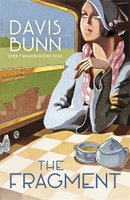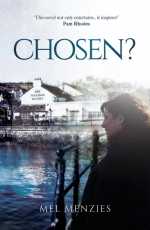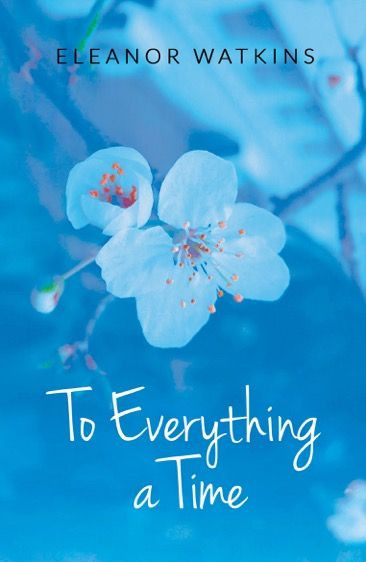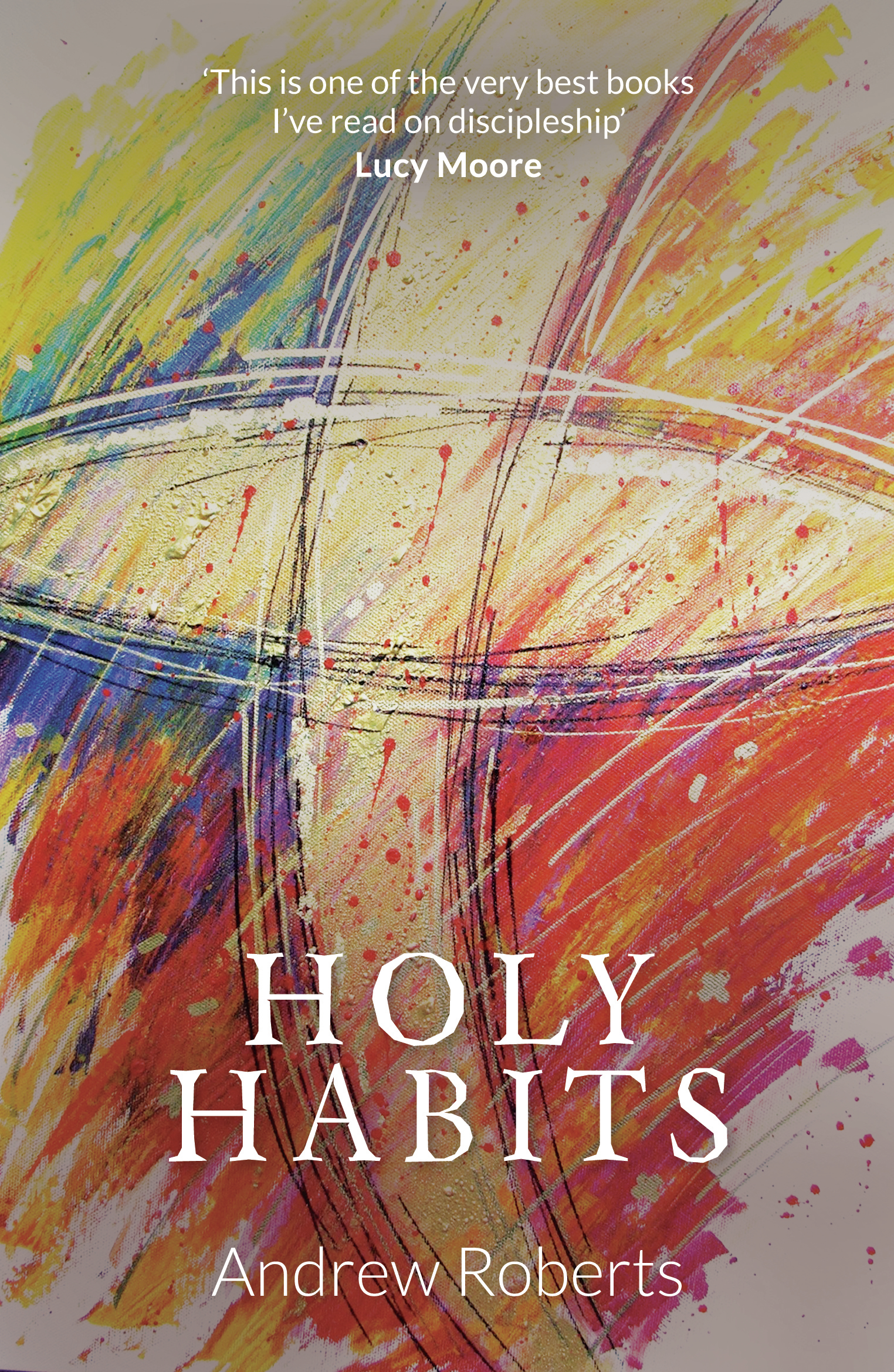
I have the huge pleasure of welcoming Claire Dunn to my blog today, as part of a tour for the first book, Wheel of Fortune, in her new series: The Tarnished Crown. I asked her about how the series came about, and what writing the first title was like.
Why did you choose to set your new series in 15th-century England?
It was inevitable. It stems from a life-long fascination for the Wars of the Roses – the 15th-century conflict that dominated English political life for over 30 years, and was driven by powerful personalities whose names resonate down the centuries. Men such as Richard Neville, Earl of Warwick (the ‘Kingmaker’), George, Duke of Clarence (he of the butt of Malmsey), and Richard III – remembered, unjustly, for all the wrong reasons. Women, too, make it into public consciousness: Elizabeth Woodville – queen to Edward IV – and Margaret of Anjou, Henry VI’s wife. Historical figures are often rendered into bare, memorable essentials – kingmaker, fickle brother, wicked uncle, she-wolf, temptress – stripped of the nuances that make them real people. And it is the real people and what motivates them that I find interesting. It is too easy to reduce historical figures to their component parts rather than see them as multi-faceted, yet we relate to people, not attributes, not labels.
What did the characters come to mean to you?
One of the reasons I like writing series is the chance to get to know the characters – both real and imagined – really well. When we first meet Isobel Fenton in Wheel of Fortune she is a young girl with limited experience of life. By the end of the book she has encountered people and events that alter her expectations and the way she views herself and the world. She hasn’t changed, but her relationship with the world has.
Sometimes my own relationship to my characters changes over the course of writing a book. In Wheel of Fortune, I gave the Earl specific – rather unlikable – traits; but as I grew to know him my attitude towards him shifted. The man became more complex, with his own values, interests, hopes, anxiety and doubts. He became real and, instead of disliking him, I came to understand why he acted the way he did.
The Earl is a character of my imagination, but the challenge for a historical novelist is to integrate the real with the imagined in as seamless a way as possible so that a character’s situation and experiences represent the reality for many of those living through a period of turmoil like the Wars of the Roses. Good or bad, for all their faults, people were trying to live out their lives as best they could in a time of hardship and uncertainty. Are we not trying to do just the same now? Faced with similar circumstances, how would we react and what decisions would we make?

How did you go about researching such an enormous topic?
Research is something I relish. Not only is it vital to ensure the accuracy of what I write as far as is humanly possible, it can also suggest new plot lines. Research is like travelling down a long corridor lined with many doors behind which lie endless possibilities waiting to be discovered. Finding the key to those doors is another matter. Research can be a hard slog through primary sources both physical – visiting castles or museums to understand the built environment, for example – and the written and pictorial – manuscripts and paintings, indentures and parliamentary records. Much research, though, is checking on who did what, when and where – not easy in some instances when the historical record contradicts itself. Gaps in knowledge have to be filled, which sometimes feels like a leap of faith.
Could you give us an insight into how you approach your writing?
Writing is a roller-coaster experience with many ups and down along the way. I ‘write’ one way or another every day, whether it is researching, editing or tackling the next chapter. Some days I will manage only a few hundred words, but on others, several thousand.
Writing can be a slog or the biggest high you can imagine, but most of all it requires what the writer Elizabeth George describes as ‘bum glue’ – the ability to sit down and work at the book project, day by day, until it is completed. That is no small task in a busy life where writing is only one aspect of being an author. A writer nowadays also needs to be media savvy, understand marketing, negotiate contracts, attend events…the list goes on. Is it worth it? You bet it is when you hold your new book baby for the first time and it gazes back at you. And then you open the crisp new pages and meet once again all the friends you have made over the preceding months and remember why you are an author in the first place.
I thoroughly enjoyed reading this book: I share a short review over in the Woman Alive book club Facebook group, which you can access here.

Claire Dunn (C.F. Dunn) is an award-winning English novelist of historical fiction, mystery and suspense. Born in Lincolnshire, Claire spent her childhood moving from place to place with her Forces family, an experience which she believes helped fuel her imagination. It is as a child that she discovered a fascination for the past that led to an abiding interest in the Wars of the Roses and a lifetime of research.
Following a degree in Medieval History she founded and ran a school for neurodivergent children and young people – students whom she describes as inspirational. Embarking on her writing career, she returned to her historical roots with Mortal Fire – the gold medal-winning first book in The Secret of the Journal series (read Claire’s reflections on writing that series here). Claire is currently working on a major new historical series called The Tarnished Crown set during the turbulent period of 15th-century England known as the Wars of the Roses.
She now lives and writes by the sea in Dorset with her family, assorted animals and overworked coffee machine.
Book 1 in The Tarnished Crown series – Wheel of Fortune – was launched through Resolute Books in May 2023. Book 2 – Sun Ascendant – is due for release through Resolute Books in the autumn of 2023.
 Fearful Symmetry
Fearful Symmetry The Fragment
The Fragment Chosen?
Chosen?
 To Everything a Time
To Everything a Time Simplify
Simplify Holy Habits
Holy Habits